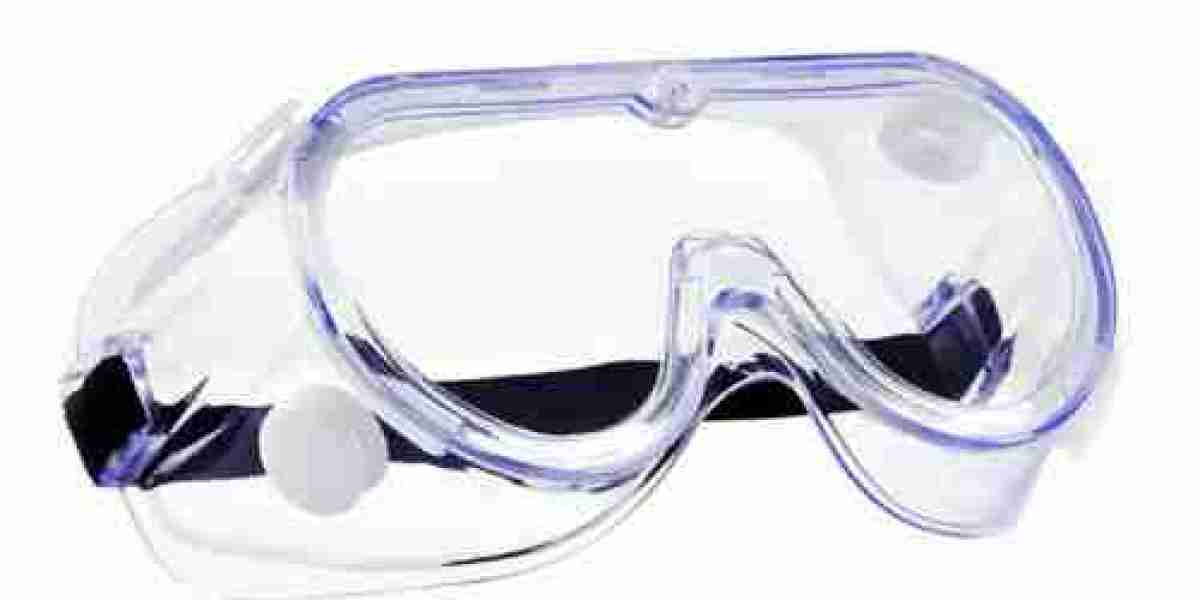The global anti-fog lens market has experienced significant growth in recent years, driven by advancements in technology, increased consumer demand, and the need for enhanced safety and performance across various industries. This article delves into the key developments shaping the market, including technological innovations, emerging applications, regional dynamics, and future prospects.
Technological Innovations Driving Market Growth
One of the primary factors contributing to the expansion of the anti-fog lens market is the continuous advancement in coating technologies. Traditional anti-fog solutions often involved surface treatments that provided temporary relief. However, recent innovations have led to the development of more durable and effective coatings. Hydrophilic coatings, for instance, attract water molecules to spread evenly across the lens surface, preventing fog formation. These coatings offer long-lasting performance and are increasingly preferred in sectors requiring consistent visual clarity.
Nanotechnology has also played a pivotal role in enhancing anti-fog lens performance. The application of nano-coatings creates ultra-thin layers that not only prevent fogging but also improve scratch resistance and durability. These advancements have made anti-fog lenses more appealing to consumers seeking high-quality eyewear solutions.
Expanding Applications Across Industries
The versatility of anti-fog lenses has led to their adoption across various sectors:
Healthcare: The COVID-19 pandemic highlighted the importance of clear vision for healthcare professionals wearing face masks and face shields. Anti-fog lenses have become essential in medical settings to ensure unobstructed vision during critical procedures.
Sports and Outdoor Activities: Athletes and outdoor enthusiasts, such as skiers, cyclists, and motorcyclists, rely on anti-fog lenses to maintain clear vision in challenging environmental conditions. The growing popularity of outdoor sports has bolstered demand for specialized eyewear.
Industrial and Occupational Safety: Workers in industries like construction, manufacturing, and chemicals require protective eyewear that offers both impact resistance and fog-free vision. Anti-fog lenses enhance safety and productivity by preventing vision impairment due to fogging.
Consumer Electronics: The integration of anti-fog technology into wearable devices, such as augmented reality (AR) glasses and smart helmets, has opened new avenues for market growth. Consumers increasingly seek multifunctional eyewear that combines performance with advanced features.
Regional Dynamics and Market Outlook
The anti-fog lens market exhibits varied growth patterns across different regions:
North America: The region leads in market share, driven by stringent occupational safety regulations and high consumer awareness. The presence of major eyewear manufacturers further supports market dominance.
Asia-Pacific: Rapid industrialization, urbanization, and increasing outdoor activities in countries like China and India are propelling market growth. The Asia-Pacific region is expected to witness significant expansion, with a projected compound annual growth rate (CAGR) of 7.2% through 2032 .
Europe: Countries such as Germany, France, and the UK emphasize occupational safety and environmental sustainability, driving demand for anti-fog lenses. The region's commitment to innovation and quality standards contributes to steady market growth.
Challenges and Opportunities
Despite the positive growth trajectory, the anti-fog lens market faces several challenges:
High Production Costs: The advanced materials and coating technologies required for anti-fog lenses can increase production costs, potentially limiting accessibility for price-sensitive consumers.
Durability Concerns: Over time, anti-fog coatings may degrade due to frequent cleaning or exposure to harsh conditions, affecting their effectiveness.
Competition from Alternative Solutions: Products like anti-fog sprays and wipes offer temporary solutions and may compete with permanent anti-fog lenses in certain applications.
However, these challenges also present opportunities:
Sustainability Initiatives: The growing emphasis on eco-friendly products has led to the development of biodegradable and recyclable anti-fog lenses, catering to environmentally conscious consumers .
Integration with Smart Technologies: Incorporating anti-fog lenses into smart eyewear and wearable devices can enhance user experience and open new market segments.
Expansion into Emerging Markets: Increasing industrial activities and rising awareness of eye safety in developing regions offer untapped opportunities for market penetration.
Conclusion
The anti-fog lens market is poised for continued growth, driven by technological advancements, expanding applications, and regional dynamics. While challenges such as production costs and durability issues persist, ongoing innovations and a focus on sustainability are expected to address these concerns. As industries and consumers increasingly prioritize safety, performance, and environmental responsibility, the demand for anti-fog lenses is set to rise, shaping the future of eyewear solutions across the globe.




